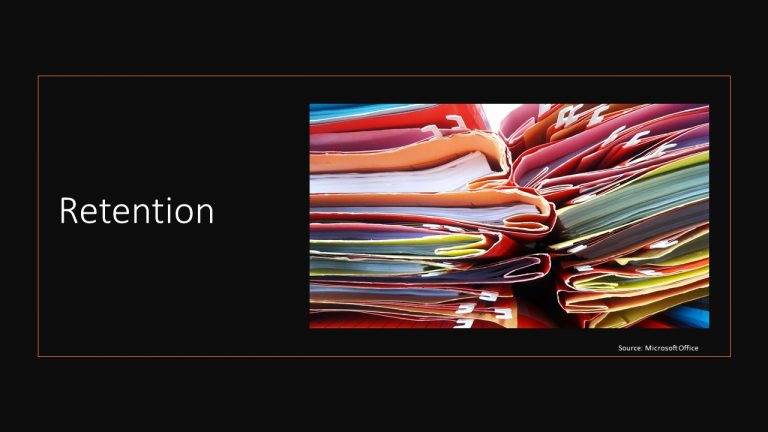What is Retention?
Retention is the storage of documents, emails and files according to previously established legal regulations and compliance rules.
All companies must comply with retention rules worldwide. These are not only a result of the company’s business activities, but above all of legal requirements. In most countries, these result first of all from tax laws, such as the German Fiscal Code (AO) in Germany (§ 147 AO). However, court orders and decisions are not to be omitted. So storage periods can be specified in the concrete consideration.
An interesting tension has arisen since the strengthening of data protection in European countries. With the basic data protection regulation, fixed deletion and blocking regulations in particular have become widespread, which must now be brought into line with the retention rules that have existed for some time.
Furthermore, a tension is also developing between the wish and often justified need of lawyers in the own legal department to keep records of, for example, services results for a very long time. However, requests for deletion often come from this department in order to undermine the proof periods for legal proceedings in some countries.
The technical development of chat programs (messengers) and the ever faster communication with, for example, Microsoft Teams or WebEx or Zoom is particularly interesting at present. Here it is also necessary to store these contents, such as chats.
This brings with it the fact that in this newer consideration of the storage requirements for companies, all of the above exemplary tensions have to be resolved. The department in the company must not and must not be forgotten. This department is now given more and more responsibility, as it is the only one who knows when files must be stored.
In this blog we will take a closer look at this step by step for all countries of the world.
Retention Regulations
Technical
Retention Polcies and Microsoft 365
Retention Policies and Azure
Retention Policies and AWS
